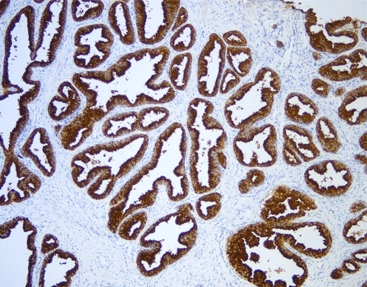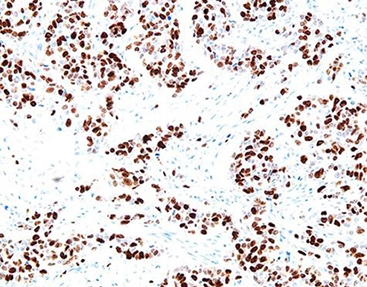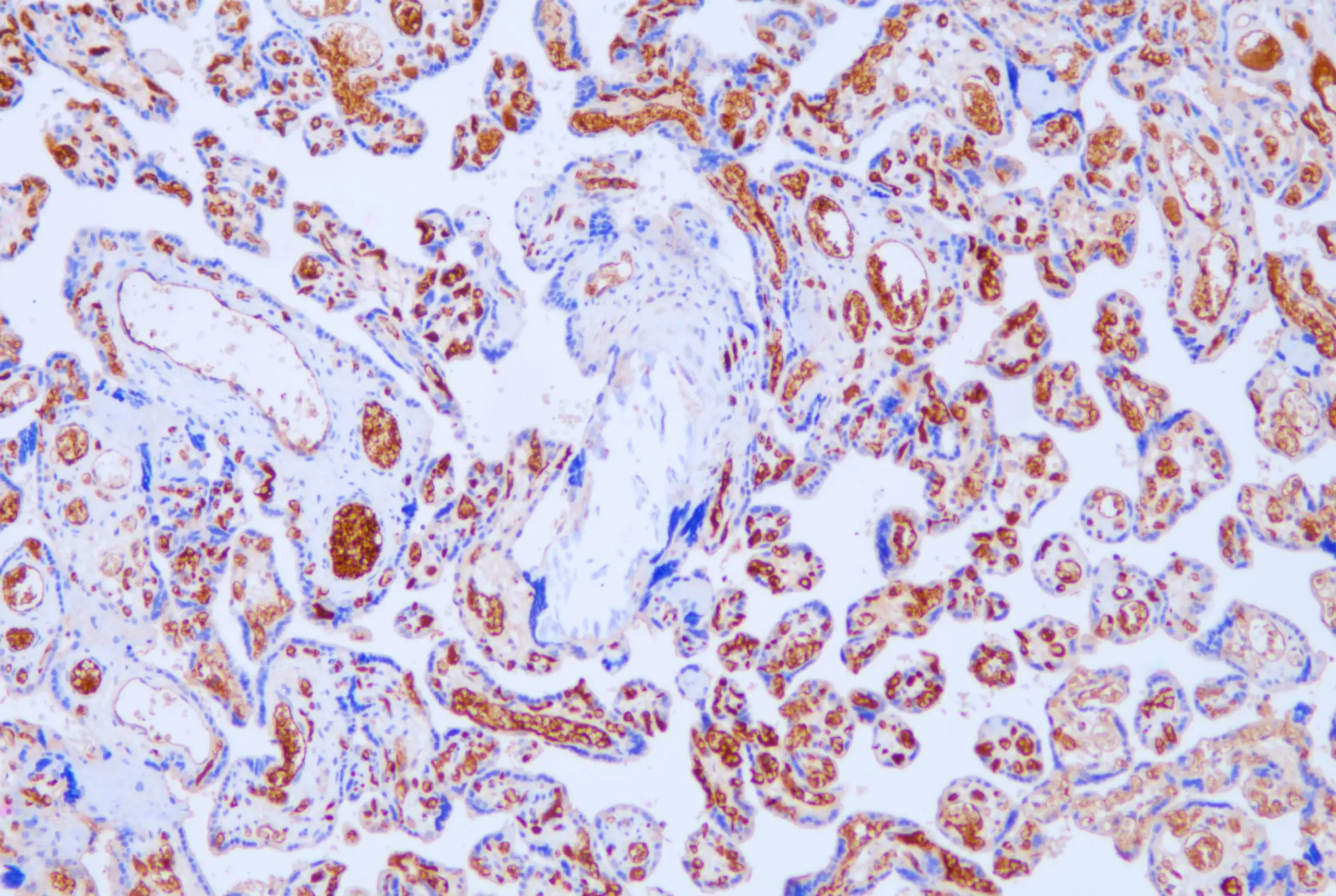The Role of Freezer Types in Primary Antibody Preservation for IHC
2025-04-08
By admin
Primary antibodies are vital tools in immunohistochemistry (IHC). They allow researchers and diagnosticians to identify specific proteins in tissue samples with accuracy. Yet, their success depends heavily on proper storage. Freezer types play a crucial role here. In this blog, we’ll examine how various freezers affect primary antibody preservation. We’ll also explain why storage conditions are essential for IHC outcomes and offer practical advice to keep your antibodies stable and effective. Whether you’re a lab assistant, scientist, or pathologist, grasping the details of freezer types can improve your work and enhance your results.
Why Primary Antibody Preservation Matters in IHC
Primary antibodies are delicate biological agents. They attach to specific antigens in tissue samples, forming the core of IHC experiments. Their reliability directly impacts staining clarity, signal intensity, and result consistency. Improper preservation can cause protein breakdown, weakened binding strength, or heightened unwanted interactions. This jeopardizes your data and diagnoses.
Freezers are fundamental to antibody storage. They sustain low temperatures to slow degradation. However, not all freezers perform equally. Elements like temperature steadiness, freeze-thaw patterns, and moisture regulation differ across freezer types. These variations influence how effectively antibodies are maintained. Let’s explore the details of how freezer choices affect primary antibody preservation.
Types of Freezers and Their Impact on Primary Antibody Preservation
Selecting the ideal freezer for storing primary antibodies requires balancing ease, expense, and preservation quality. Below, we’ll outline the most typical freezer types and their appropriateness for IHC uses.
Standard Refrigerators (2–8°C)
- Purpose: Great for brief storage of diluted or prepared antibodies.
- Pros: Convenient, power-saving, and fitting for antibodies with stabilizers like sodium azide.
- Cons: Unsuitable for extended storage. The warmth allows slow deterioration over time.
- Best For: Ready-to-use antibodies in active experiments.
For IHC labs managing antibodies like Prostate-Specific Antigen (PSA), brief storage at 4°C works well if used within weeks. But prolonged exposure risks a drop in potency.
-20°C Freezers
- Purpose: Popular for moderate-term storage of concentrated antibodies.
- Pros: Easily accessible, budget-friendly, and adequate for many monoclonal antibodies with additives like glycerol.
- Cons: Frost-free versions trigger freeze-thaw shifts. These can weaken antibodies.
- Best For: Divided antibody portions with protective agents.
A -20°C freezer suits preserving antibodies like Ki-67, often used in cancer growth research. Still, steer clear of frost-free models. They cause temperature swings that harm stability.
-80°C Ultra-Low Temperature (ULT) Freezers
- Purpose: Top choice for prolonged primary antibody preservation.
- Pros: Offers superb stability for years with little decay. Perfect for fragile monoclonal antibodies.
- Cons: Pricey, energy-heavy, and needs cautious handling to prevent freezer burn.
- Best For: Bulk solutions and scarce antibodies.
For vital IHC markers like AFP, a -80°C freezer guarantees lasting quality. This makes it a prime option for research and diagnostic facilities.
Liquid Nitrogen (-196°C)
- Purpose: Extreme safeguarding for very unstable or freeze-dried antibodies.
- Pros: Nearly stops all degradation. Excellent for long-term safekeeping.
- Cons: Costly and demands special gear. It’s impractical for everyday use.
- Best For: Valuable or unique antibodies.
Though rare, liquid nitrogen serves as a specialized choice for preserving distinct antibodies, such as those targeting melanoma indicators. Here, stability is critical.
|
Freezer Type |
Temperature Range |
Storage Duration |
Best Use Case |
Drawbacks |
|
Refrigerator |
2–8°C |
Weeks |
Short-term, diluted antibodies |
Limited durability |
|
-20°C Freezer |
-20°C |
Months to 1–2 years |
Medium-term, divided stocks |
Freeze-thaw danger |
|
-80°C ULT Freezer |
-80°C |
Years |
Long-term, delicate antibodies |
High expense, power use |
|
Liquid Nitrogen |
-196°C |
Indefinite |
Archival, rare antibodies |
Expensive, complex setup |
Key Factors in Freezer-Based Primary Antibody Preservation
Beyond freezer type, several aspects affect how well antibodies hold up. Understanding these can refine your IHC process.
Temperature Stability
Shifts in temperature, frequent in frost-free -20°C freezers, hasten antibody damage. Steady temperatures, like those in -80°C ULT freezers, are vital for keeping structure intact.
Freeze-Thaw Cycles
Repeated freezing and melting distort antibody shape, lowering effectiveness. Dividing into small batches before freezing reduces this hazard, particularly at -20°C.
Stabilizers and Additives
Many antibodies include glycerol or sucrose to boost resilience during freezing. For IHC, match your freezer to the maker’s advice. For example, glycerol-rich solutions shouldn’t go to -80°C due to freezing point challenges.
Humidity and Contamination
Freezers with weak seals or constant openings may let in dampness and pollutants. This threatens antibody health. Routine upkeep and clean handling are crucial.
Best Practices for Freezer Storage in IHC
To optimize primary antibody preservation, adopt these practical steps designed for IHC users:
- Divide Right Away: Split antibodies into single-use amounts to dodge freeze-thaw cycles.
- Tag Clearly: Note the antibody name, strength, and date to monitor usability.
- Choose Suitable Holders: Use polypropylene tubes to avoid loss from sticking.
- Track Freezer Health: Regularly review temperature records and maintain gear for reliability.
- Heed Maker’s Tips: Refer to datasheets for tailored storage guidance, especially for delicate IHC antibodies.
Celnovte: Your Trusted Primary Antibody Supplier
As a frontrunner in immunohistochemistry solutions, Celnovte Biotechnology Co., Ltd. excels in creating and producing top-notch primary antibodies and diagnostic aids. Located in China, Celnovte provides over 400 primary antibodies, including class III-certified ones like ER/PR, Her2, and PD1. Their independently developed antibodies, such as Her2 and CD56, have secured excellent ratings in NordiQC evaluations for six straight years. With creative products and a dedication to advancing pathology diagnostics, Celnovte stands as a dependable ally for IHC labs globally. Check out their range at Celnovte’s homepage.
FAQs on Primary Antibody Preservation
Q1. How long can primary antibodies stay at -20°C?
A1. Primary antibodies typically last at -20°C for months to 1–2 years, based on additives like glycerol or sucrose. Dividing them into portions is crucial to avoid harm from freeze-thaw cycles.
Q2. Does preservation vary for monoclonal vs. polyclonal antibodies?
A2. Yes, it does. Monoclonal antibodies, due to their single-target focus, often need stricter conditions like -80°C. Polyclonal antibodies, with wider binding, may handle -20°C better. Still, both thrive with ideal care.
Q3. Can I keep all primary antibodies in a -80°C freezer?
A3. Not necessarily. Antibodies with lots of glycerol (e.g., 50%) might not freeze well at -80°C, risking instability. Always review the datasheet for compatibility with very low temperatures.
Q4. What’s the top error in primary antibody preservation?
A4. Frequent freeze-thaw cycles are the biggest slip-up. They cause protein clumping and activity loss. Always split into batches before freezing to sidestep this issue.
Elevate Your IHC with Proper Antibody Preservation
Smart primary antibody preservation is more than a small detail—it’s the bedrock of trustworthy IHC results. By picking the right freezer type and sticking to best practices, you ensure your antibodies work at their finest. This delivers sharp, repeatable staining for your studies or diagnostics. Ready to enhance your lab’s antibody storage? Visit to discover premium IHC antibodies and tools crafted for brilliance. Take charge of your preservation approach now and unleash the full power of your IHC work!









